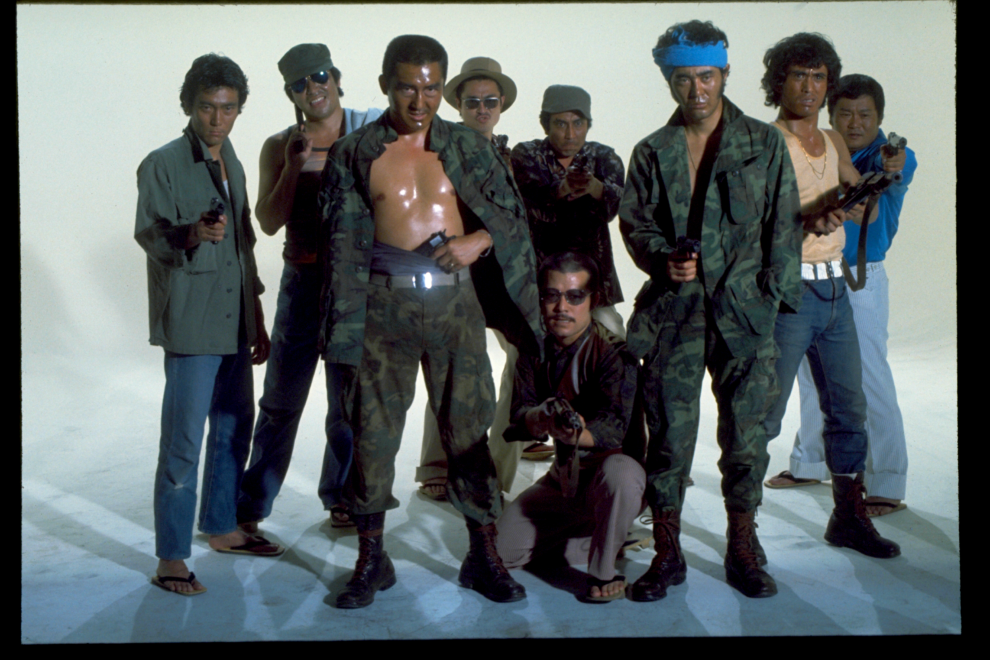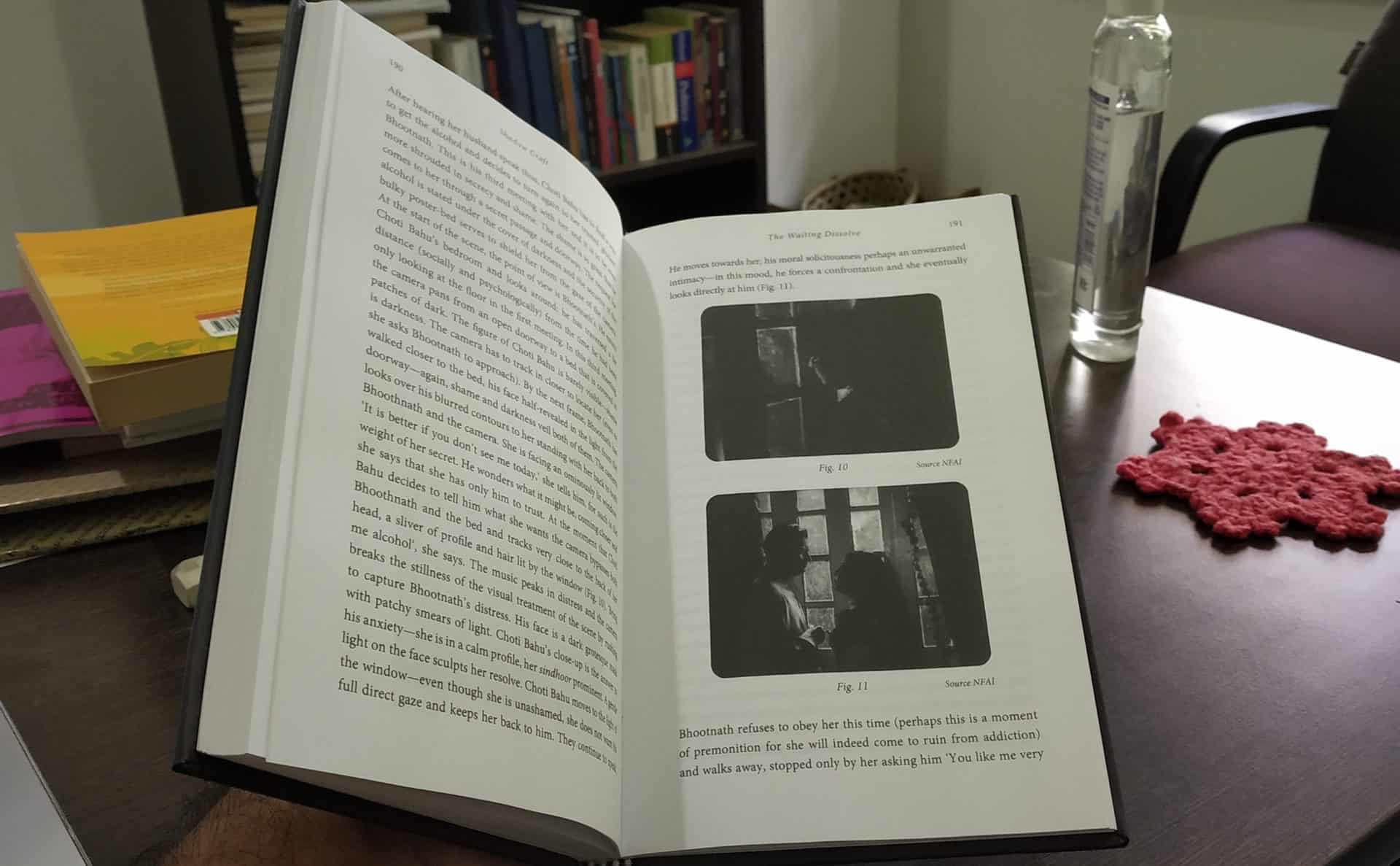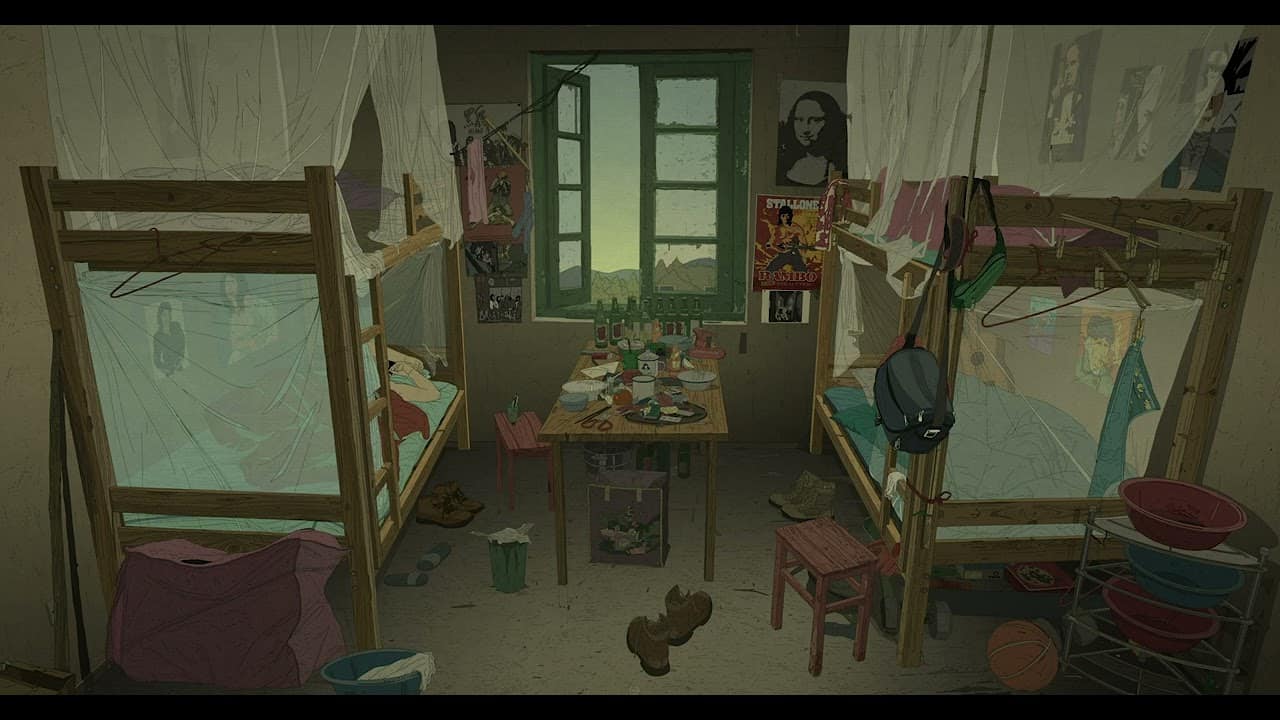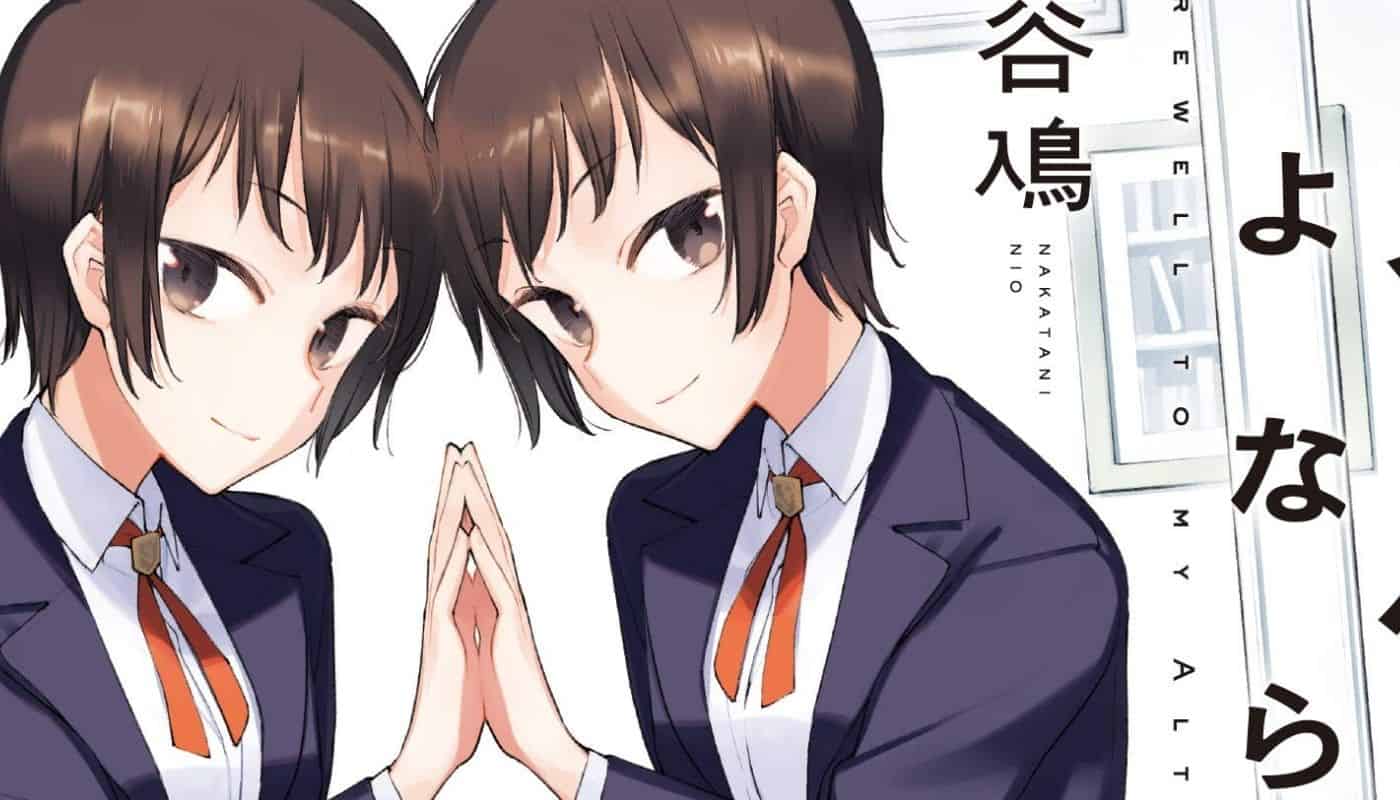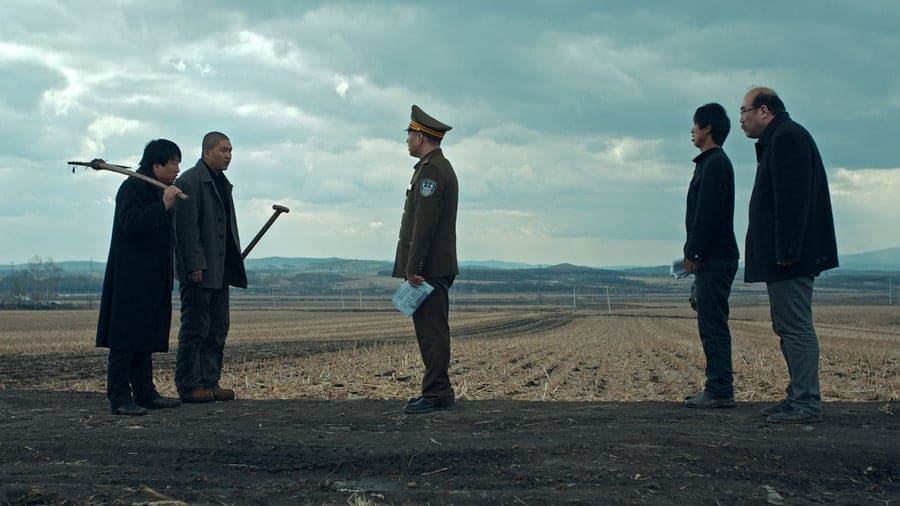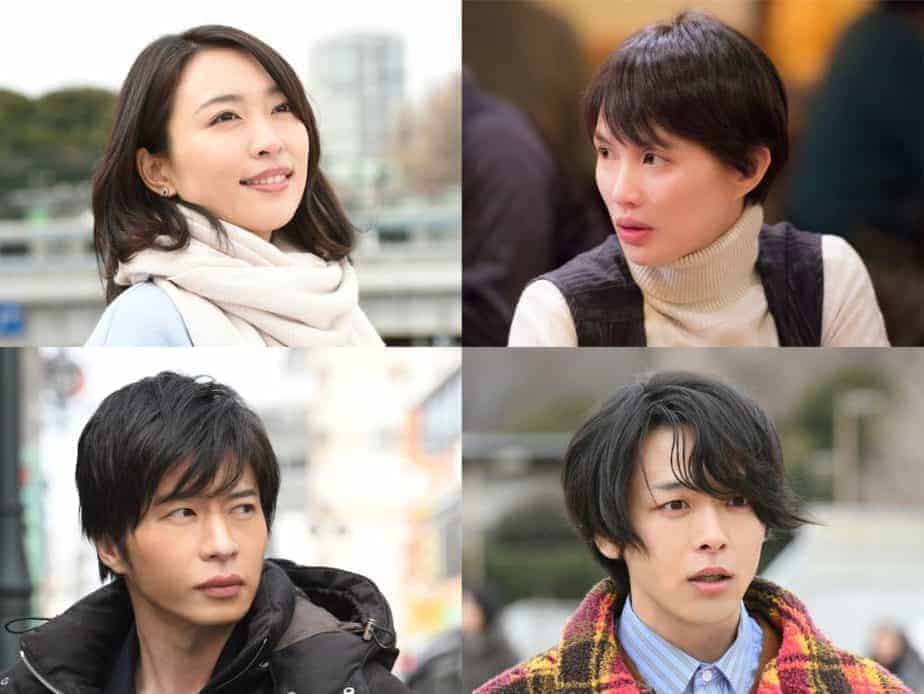The school of Yakuza films Kinji Fukasaku set up with Yakuza Papers found a number of students in the following years, implementing his frantic pace in the editing, the intense action, and the occasional news strip presentation of the real events. Sadao Nakajima is one of those “students” with his “Terror of Yakuza” following the path of the second part of the quintology, “Hiroshima Death Match”. The movie was initially banned in Okinawa because the local government feared it would incite too much interest in the local yakuza and reignite the rather violent events the story is based on.
“Terror of Yakuza” is screening at Japan Society
These events took place in Okinawa in December 1971, the year before its reversion to Japan and resulted in the 4th Okinawa conflict. In this setting, Hideo Nakazato, a yakuza who has just been released from prison, is trying to adapt to all the changes that he sees happening, as mainland gangs move in on the island, trying to take over, leading the local ones to force a rather fragile truce in order to face the common enemy. While Nakazato tries to implement a temperate attitude, his old comrade, Seigou Kunigami is on a path of war that does not seem to stop anywhere, with his actions constantly putting fire in an already explosive situation. Meanwhile, Hiroshi Kategaru, a low level crook, tries to find his place in organized crime and have sex, with Nobuko, a local prostitute, serving him in a number of ways. As the weapons left by the Americans in the island are found aplenty, soon all hell breaks loose.
Despite the fact that the starting point of the story is Nakazato, a true cursed hero whose downward spiral is one of the two main sources of drama here, the one who steals the show is Kunigami, with his presence signaling the beginning of the violent, frequently exploitative action that dominates the movie. The late Sonny Chiba plays the role of the ‘mad dog” once more to an excessive perfection, in a performance that reminds of both “Hiroshima Death Match” and “The Streetfighter” films, since he frequently exhibits his prowess in martial arts also. Even more so, he dances and sings, in a truly extravagant performance. The third person of focus and second source of drama is Kategaru, who is exploited in a number of ways by people more powerful than him, while his relationship with Nobuko follows an equally deteriorating path.
The combination of the fates of the three main characters, as much as of the scores of different ones that appear in the movie only to be killed a bit later, gives the narrative a rather nihilistic approach that definitely benefits the movie contextually, as a comment on the futility of life in organized crime.
The comments, however, as much as the drama, take a secondary place here, as the action and the violence are the elements that have center stage. The beatings, the killings and the torture come in torrenting ways, while the women, when present, are either naked or beaten, in genuine exploitation fashion. Kozo Horike's editing helps the most in that regard, with the frantic pacing he implements working excellent for all the action scenes, where Shigeru Akatsuka 's cinematography and the overall funky and rock'n'roll score by Kenjiro Hirose also shine. It is also here where Nakajima's prowess in directing many actors on the screen at the same time also shines.
Even inside this manic setting, Hiroki Matsukata manages to give a rather measured, standing out performance as Nakazato, at least for the most part, while Tsunehiko Watase as Kategaru is fittingly excessive, although not to the level of Sonny Chiba. On a humorous note, the screaming western girl in the club manages to give one of the most annoying performances of all time, even if she appears on screen only for a few moments.
“Terror of Yakuza” is an excellent exploitation/yakuza film, that fans of Fukasaku's style will definitely enjoy.


